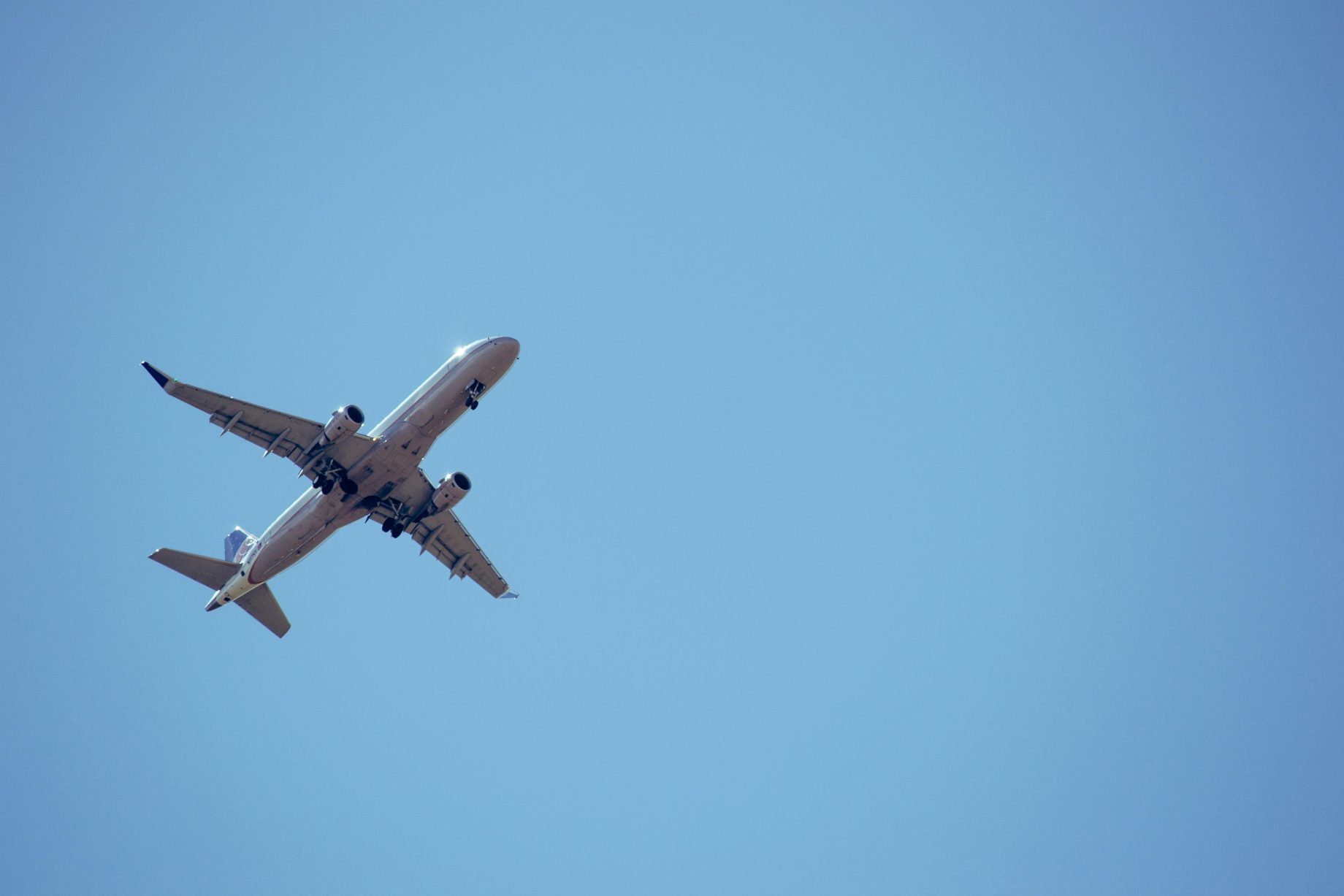A Fiji Airways Boeing 737-808 was forced to return to Christchurch Airport on 9 October after striking a flock of birds shortly after take-off, prompting the Civil Aviation Authority (CAA) to assess whether a formal investigation is required.
The flight, bound for Nadi, Fiji, was carrying more than 170 passengers when the collision occurred. Pilots followed protocol by circling for nearly two hours to burn excess fuel before landing safely. Inspection later confirmed a dent to the aircraft’s nose and blood traces on one engine.
Although the event triggered an emergency response, a CAA spokesperson said bird strikes “typically do not warrant formal investigations unless substantial damage or safety concerns are evident.” The authority is now awaiting Fiji Airways’ incident report before deciding on further action.
New Zealand records roughly 1,500 bird strikes each year, equating to about four incidents per 10,000 flights. Christchurch Airport reported the highest number last year with 54 incidents, followed by Napier (45).
Avian ecologist Tirth Vaishnav said under-reporting remains a concern worldwide.
“Studies indicate that only 15 percent of bird strikes are reported in the United States, 30 percent in Canada, and less than 50 percent in Australia,” he noted, warning that data inconsistencies limit effective prevention.
Bird strikes are most frequent in late autumn, when fledgling birds are airborne.
The CAA explains that collision energy increases sharply with both bird weight and aircraft speed: “Doubling the bird’s weight doubles the energy of collision, but doubling the aircraft’s speed quadruples it.”
Regulators and operators are considering habitat management and radar detection systems to reduce risk, as air travel continues to recover.

